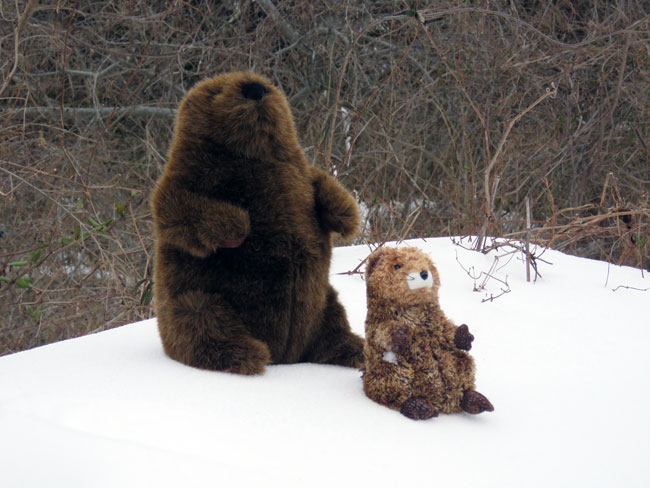Way before dawn this morning my sister and I found ourselves sitting together in the living room, shedding tears for Ukraine. Our father was the son of Ukrainian immigrants. We both have memories of him telling us about how Ukraine has been invaded over and over again throughout its history. Being little children most of what he was talking about didn’t mean much to us, but we often heard about Vikings, Mongols, Cossacks and Tatars, the Austro-Hungarian Army and Russia, Hitler and Stalin. His sense of ill-fated tragedy made a deep impression on us.
My grandfather left his pregnant wife and young daughter (Mary) in Luzhek Verkhniy, Ukraine to come to America in 1909. My grandmother left their daughter in Ukraine to be raised by Mary’s grandparents and came to America with her five-month-old son in 1910. They had six more children born in this country. Our aunt Mary finally came to America to live with her parents in 1926, at the age of 18. Most of her aunts and uncles who she grew up with came over at various times, too. Except for one who was “killed by Stalin,” presumably because he stayed.
Our hearts feel very heavy. I wonder if some sort of genetic memory is at work here. Took a peek at CNN and saw some people in Ukraine kneeling in a city square, praying. I had to turn it off. If you have any comments, please don’t make them political. My thoughts and prayers are for the Ukrainian people.



























